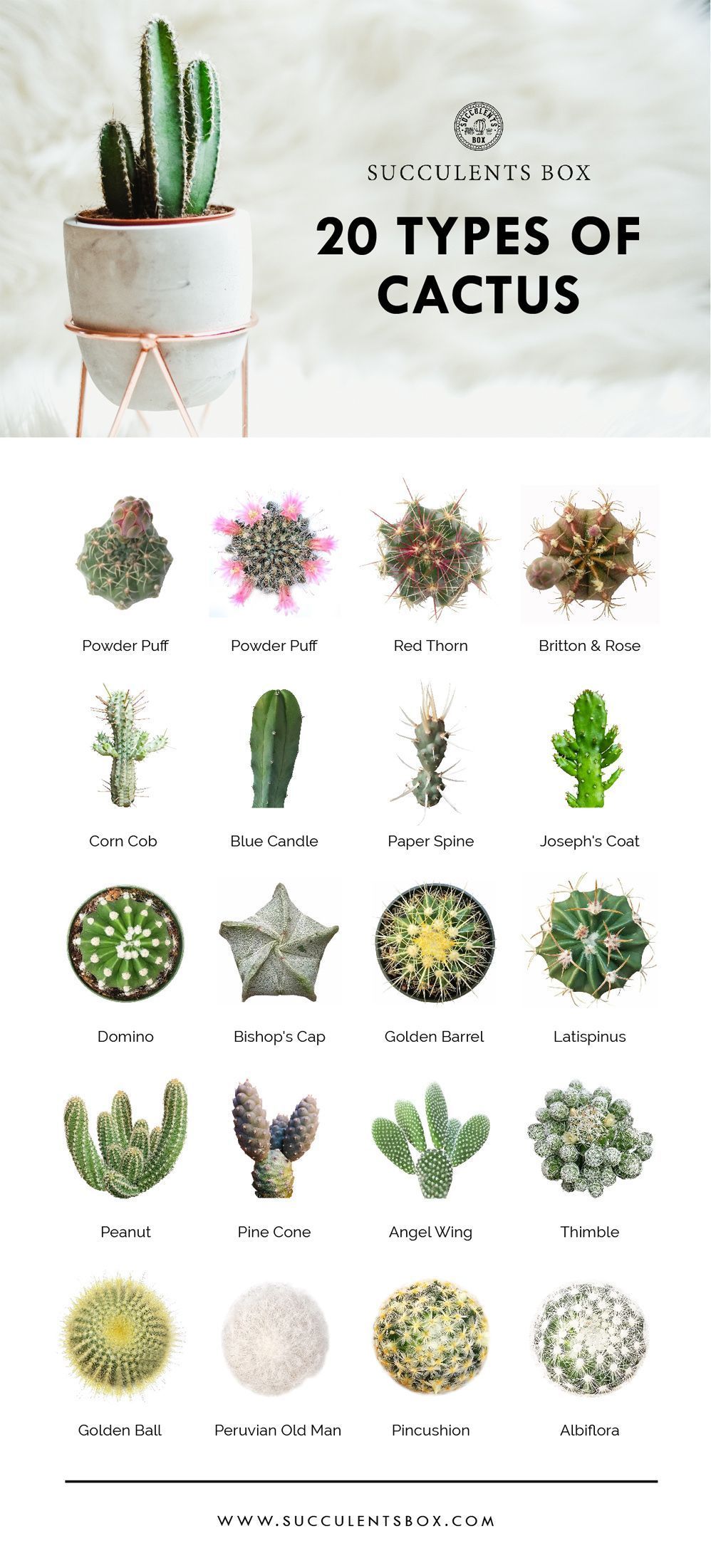In the realm of horticulture, cacti present a fascinating array of species that defy conventional botanical paradigms. Their ability to thrive in arid environments and their striking physical characteristics have made them a subject of increasingly intense fascination. Below, an exploration of prominent cactus types unveils the intriguing diversity within this remarkable family of plants.
Understanding the varied morphology and adaptations of cacti elucidates how these flora have evolved to master survival in harsh ecosystems. This article offers a glimpse into the lives of different cactus species, illuminating their adaptability, uniqueness, and cultural significance.
### The Architectural Wonders: Columnar Cacti
Columnar cacti, or “cactaceae,” boast a profound architectural form that reflects their resilience and tenacity. Their towering silhouettes can reach staggering heights, and they often become emblematic of the deserts they inhabit. Popular representatives of this group include:
The Saguaro Cactus (Carnegiea gigantea) stands as an iconic symbol of the American Southwest. Known for its majestic stature, this mighty giant can reach heights of up to 40 feet and live for over a century. Its columnar shape is adorned with an array of arms that stretch skyward, creating a silhouette that defines the Sonoran Desert landscape.
Another prime example is the Organ Pipe Cactus (Stenocereus thurberi). True to its name, its numerous upright stems resemble the pipes of an organ. This nocturnal bloomer produces large, fragrant flowers that bloom under the cover of darkness, enticing pollinators like bats and moths in a dance of survival.
### The Fleshy Textures: Globular and Disc-shaped Cacti
Globular and disc-shaped cacti exhibit an endearing charm with their compact forms. These species are often associated with succulent adaptations, allowing them to conserve water effectively. Several noteworthy types exemplify this category:
The Golden Barrel Cactus (Echinocactus grusonii) is an extraordinary specimen characterized by its spherical shape and striking golden spines. Native to the arid regions of Mexico, it is highly sought after for both landscaping and as a houseplant. Its vibrant yellow hue and symmetrical form make it an aesthetic marvel.
Standing in stark contrast to the needle-like spines of other species, the Bishop’s Cap Cactus (Astrophytum myriostigma) showcases a more whimsical design. Its star-shaped profile and unique markings lend it an air of mystique. This cactus is often celebrated for its ease of care and striking appearance, making it a favorite among succulent enthusiasts.
### The Enigmatic Spineless Cacti: A Different Kind of Resilience
While most people associate cacti with spines, spineless cacti offer a refreshing departure from this norm. Cleverly adapted to their environments, these unique species showcase resilience in an unconventional package, proving that beauty and evolutionary prowess are not always prickly.
The Opuntia, or Prickly Pear, defies traditional definitions of cacti. While they do possess clusters of glochids, these are not traditional spines, making handling easier. Prickly Pears are not only important ecologically but also culturally, as their pads and fruit (tunas) are staples in various cuisines across the Americas. Their vibrant pads and striking flowers, which bloom in a spectrum of colors, exemplify how cacti can exhibit beauty in myriad forms.
Another notable example is the Peruvian Apple Cactus (Cereus peruvianus). Known for its impressive height and impressive edible fruit, this cactus can soar to heights of nearly 20 feet. In addition to its aesthetic value and as a food source, it plays a role in traditional medicine, indicating the multifaceted importance of cacti beyond mere ornamental use.
### The Rare and Unusual: Collectors’ Delights
For the avid cactus collector, rare and unusual species offer a promise of intrigue and excitement. These specimens often command high prices and are the jewels of any collection, their scarcity enhancing their desirability.
The Moon Cactus (Gymnocalycium mihanovichii) is a particularly striking example. It features a brightly colored, often neon crown grafted onto a more common rootstock. This unique appearance not only captivates the eye but also serves to illustrate the concept of grafting, which allows for increased hardiness while maintaining stunning aesthetics.
The Grafted Red Cactus (Hylocereus undatus) showcases the interplay between form and function. Its striking red hue stems from careful cultivation techniques, drawing collectors and enthusiasts alike into the enchanting world of ornamental cacti.
### A Final Reflection: Cacti in Culture and Conservation
Beyond their captivating structures, cacti hold significant cultural and ecological roles. Indigenous cultures have revered their species for generations, using various parts for sustenance, medicine, and spiritual practices. As today’s world grapples with climate change and habitat loss, the conservation of these resilient plants becomes increasingly paramount. Efforts to preserve indigenous habitats and promote sustainable cultivation practices ensure that future generations can continue to marvel at their beauty and value.
In essence, the diverse world of cacti offers more than meets the eye. Their unique adaptations, remarkable forms, and profound cultural significance invite enthusiasts to engage with them on multiple levels. Whether you are a seasoned collector or a casual observer, the allure of these fascinating plants promises a captivating exploration into the heart of nature’s ingenuity.





Leave a Comment